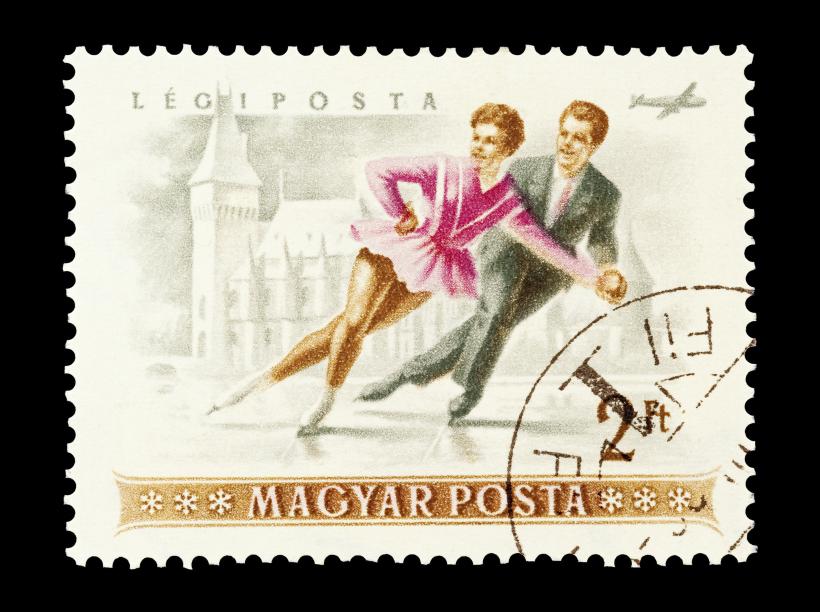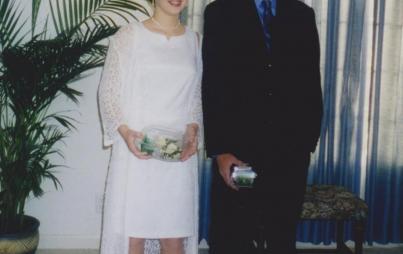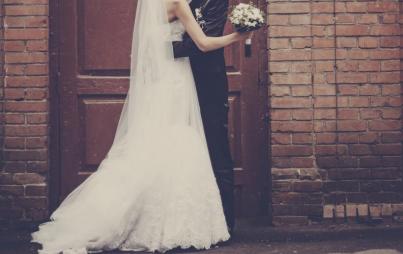
Certain sports have strict expiration dates for athletes. In activities like gymnastics and diving, competitors are basically considered ancient by their mid-twenties. And while figure skating seems to fit that category—competitors at the Olympics and World Championships rarely break 30—there is actually a thriving adult skating scene in the U.S. where enthusiasts in their middle and golden years don spandex and sequins as they strut their stuff on ice.
And no, we’re not talking an occasional trip to the local skating rink. Even as figure skating slips in popularity among American audiences, adult adherents flex serious dedication, often spending thousands of dollars and hours practicing, retaining coaches, purchasing costumes, and traveling to competitions (like the recent U.S. Adult Figure Skating Championship which hosted about 455 participants!) One avid skater at that event commented that “people say they work a normal job to support their skating habit” and another jokingly referred to the phenomenon as “adult skating syndrome.”
The sport draws all sorts: school bus drivers, writers, engineers, computer programmers, you name it. One prominent competitor is a Nobel Prize-winning economist, Robert Engle. By day he's a New York University professor, but he moonlights as an avid ice dancer. Seventy-one-year-old Engle says it’s a great way to get exercise and clear your mind. And, he adds, “as my wife says, where else can you have permission to put another woman in your arms?” Booyah, Dr. Engle.
Adult competitors do make some alterations to the sport typically geared for the young. They stick to jumps and tricks that are easy on the joints—many continue to skate even after hip, knee, and shoulder surgeries—and some skaters have to purchase custom outfits because off-the-rack attire is too small.
The level of competition ranges from the humble (a software developer tells people he’s “good in the old fat guy division”), to intense showdowns between former Olympic hopefuls. Actual Olympians are noticeably absent from most adult competitions, as many claim they had their fill of competing in their youths. Some help train other long-in-the-tooth competitors, however, like 1976 Olympic gold medalist Dorothy Hamill, who runs a “figure skating fantasy camp” for adults (we can only hope participants get a Dorothy wedge-cut wig in homage to the famous 1970s do).
One advantage for the adult skaters over younger competitors is increased flexibility to use quirky costumes (a recent competition included a zombie, a robot, and a blue avatar), and choreograph off-the-wall routines. A 42-year-old film editor who worked on “Breaking Bad” created a figure skating tribute to the show complete with various main characters, dubbed “Breaking Ice” that is now featured on AMC’s website (and yes, it includes Walter White skating in his tighty whities).
So, fine. Maybe spry, young Olympians can quadruple this, and triple that. But any competition that involves people more-than-clearly past their prime skating alongside over-the-top pop culture references while simultaneously living as normal-ass people has our full support. And it goes to show: growing old ain't all bad.
Image: Wikimedia Commons






